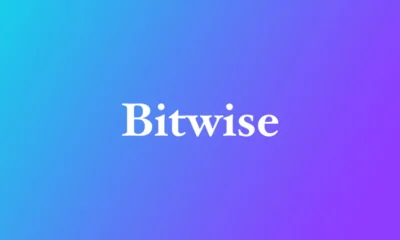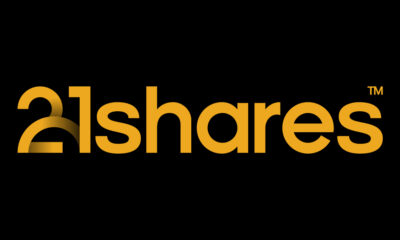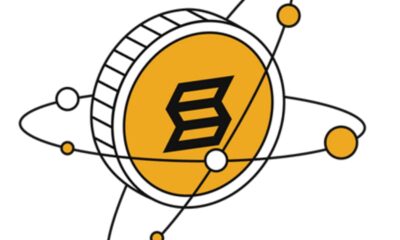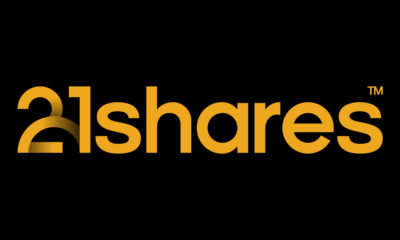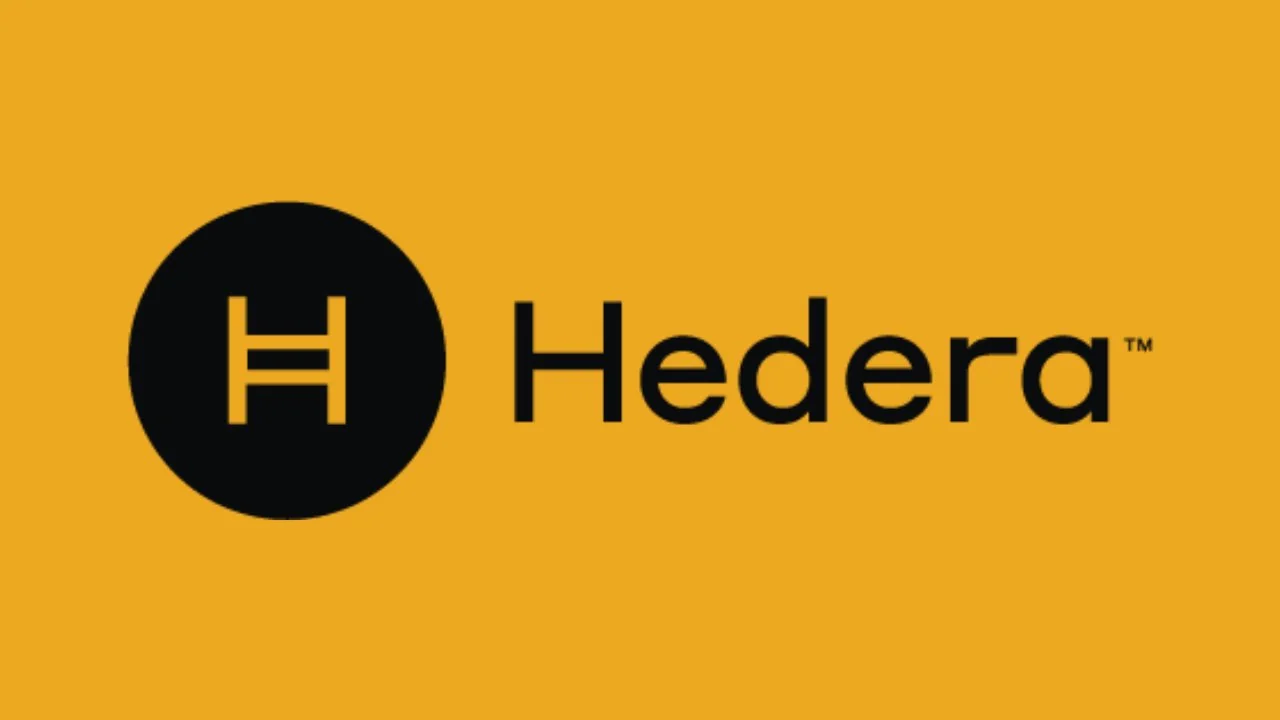DeFi Technologies dotterbolag Valour blir den senaste emittenten på väg mot det växande kryptosegmentet. Deras Metaverse ETP kommer att bestå av ett index över de fem bästa digitala tillgångarna relaterade till metaversen, en marknad som Bloomberg Intelligence uppskattar kan ge en intäktsmöjlighet på 800 miljarder dollar till 2024.
Roundhill Investments Metaverse ETF (META) har sett 754 miljoner dollar gå in i fonden sedan Facebooks tillkännagivande om byte av varumärket den 28 oktober, enligt FactSet-data, och First Trust har ansökt om att lansera en produkt med liknande teman.
DeFi Technologies dotterbolag Valour kommer att lansera en börshandlad produkt fokuserad på metaversen i Europa när företag fortsätter att dras till detta område.
Godkänt av svenska Finansinspektionen
Valour Metaverse and Gaming Index ETP godkändes nyligen av den svenska Finansinspektionen (FI) och har erhållit myndighetsgodkännande för distribution över hela Europeiska Unionen. ETP kommer att bestå av ett index över de fem bästa digitala tillgångarna relaterade till metaverse, som är ett nätverk av virtuella miljöer och ekonomier skapade genom spel, virtuell verklighet, sociala nätverk och krypto. Digitala tillgångsprojekt fokuserade på metaversen inkluderar virtuella världsplattformar som Decentraland (MANA) och play-to-earn-spel, som Axie Infinity.
Godkännandet följer på att Facebook ändrade varumärket till Meta i oktober då VD Mark Zuckerberg kallade metaversen ”nästa gräns.” Andra företag, som Nike, Louis Vuitton och Disney, har också meddelat planer på att flytta in i utrymmet.
800 miljarder dollar
Metaverse marknaden skulle kunna erbjuda en intäktsmöjlighet på 800 miljarder dollar år 2024, skrev Bloomberg Intelligence-analytikerna Matthew Kanterman och Nathan Naidu i en forskningsanteckning den 1 december, upp från cirka 500 miljarder dollar 2020.
Diana Biggs, Valour CEO och Chief Strategy Officer för DeFi Technologies, beskrev metaversens utveckling som nästa iteration av internet.
”Värdeskiktet, som drivs av blockchain-teknologi – krypto, NFTs – är ett extremt viktigt element i denna sammanslagning av fysiska och digitala verkligheter eftersom det tillhandahåller den ekonomiska infrastrukturen, som är en så viktig del av hur vi lever våra liv, hur vi interagerar , hur vi arbetar och leker”, sa hon till Blockworks.
Valour erbjuder också fullt säkrade investeringsprodukter med bitcoin och eter som underliggande innehav, samt ETP:er fokuserade på UNI (Uniswap), ADA (Cardano), DOT (Polkadot) och SOL (Solana).
”Vi vill definitivt fortsätta att utforska tematiska investeringsprodukter när det digitala tillgångsutrymmet fortsätter att utvecklas och fler användningsfall och applikationer blir uppenbara,” sa Biggs. ”Vi har varit i de extremt tidiga stadierna av denna teknik och nu, i detta skede av tillväxt, kommer vi att fortsätta att se fler verkliga tillämpningar.”
Metaverse
Evolve ETFs och Horizons ETFs lanserade de första metaverse-erbjudandena i Kanada förra månaden, och Sydkorea har redan många metaverse ETFer.
Roundhill Investments lanserade den första metaversespecifika ETFen i USA den 30 juni. Roundhill Ball Metaverse ETF (META), som har en kostnadskvot på 75 räntepunkter, har vuxit till $817 förvaltade tillgångar.
METAs topp fem innehav är NVIDIA Corporation, Roblox, Microsoft, Meta Platforms och Unity Software. Den har avkastat -0,6 % under de senaste tre månaderna, från och med den 6 december, visar FactSet-data.
First Trust ansökte förra veckan för att lansera ett metaversfokuserat erbjudande. Det kommer att investera i företag som utvecklar virtuella verklighetsutrymmen integrerade med artificiell intelligens och 3D-teknologier där användare kan sammankoppla inom en datorsimulerad miljö, står det i dokumentet.
”Det är en generationsväxling och skulle ta år eller till och med decennier innan vi kommer till den fullformade metaversen”, säger Neena Mishra, chef för ETF-analys för Zacks Investment Research. ”ETF är ett säkrare sätt att få diversifierad exponering för det utrymme som skulle fortsätta att utvecklas under de kommande åren.”
ETF-sponsorer är alltid snabba att dra nytta av heta trender, sa hon till Blockworks och tillade att hon förväntar sig att se fler ETF-lanseringar med metaversitetstema under de kommande månaderna, i USA och globalt.
”Jag förväntar mig mer intresse från investerare för de metaversa ETF:erna än i kryptorelaterade erbjudanden, särskilt i [avsaknaden av spotcrypto ETF:er”, sa Mishra. Det är fortfarande oklart när US Securities and Exchange Commission (SEC) kommer att tillåta ETF:er som investerar direkt i kryptotillgångar.
Ryan Issakainen, ETF-strateg och senior vice VD på First Trust, noterade att företaget redan erbjuder många tematiska ETFer som investerar i en mängd högväxande, teknikrelaterade områden. Företaget har 190 ETF:er som handlas i USA med kombinerade tillgångar under förvaltning på nästan 150 miljarder dollar.
”Vi tyckte att det var ett bra tillfälle att ta med ett [metavers] alternativ för investerare,” sa han till Blockworks och noterade Facebooks omprofilering och andra nya användningsfall för utrymmet. ”Vi tror att vi kommer att erbjuda ett bra sätt att få riktad exponering mot företag som kommer att dra nytta av den trenden.”

 Nyheter3 veckor sedan
Nyheter3 veckor sedan
 Nyheter4 veckor sedan
Nyheter4 veckor sedan
 Nyheter3 veckor sedan
Nyheter3 veckor sedan
 Nyheter3 veckor sedan
Nyheter3 veckor sedan
 Nyheter4 veckor sedan
Nyheter4 veckor sedan
 Nyheter2 veckor sedan
Nyheter2 veckor sedan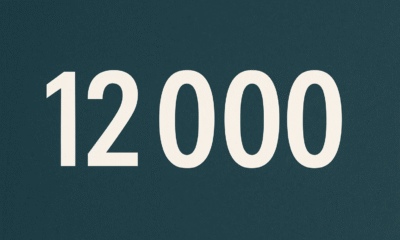
 Nyheter2 veckor sedan
Nyheter2 veckor sedan
 Nyheter2 veckor sedan
Nyheter2 veckor sedan


